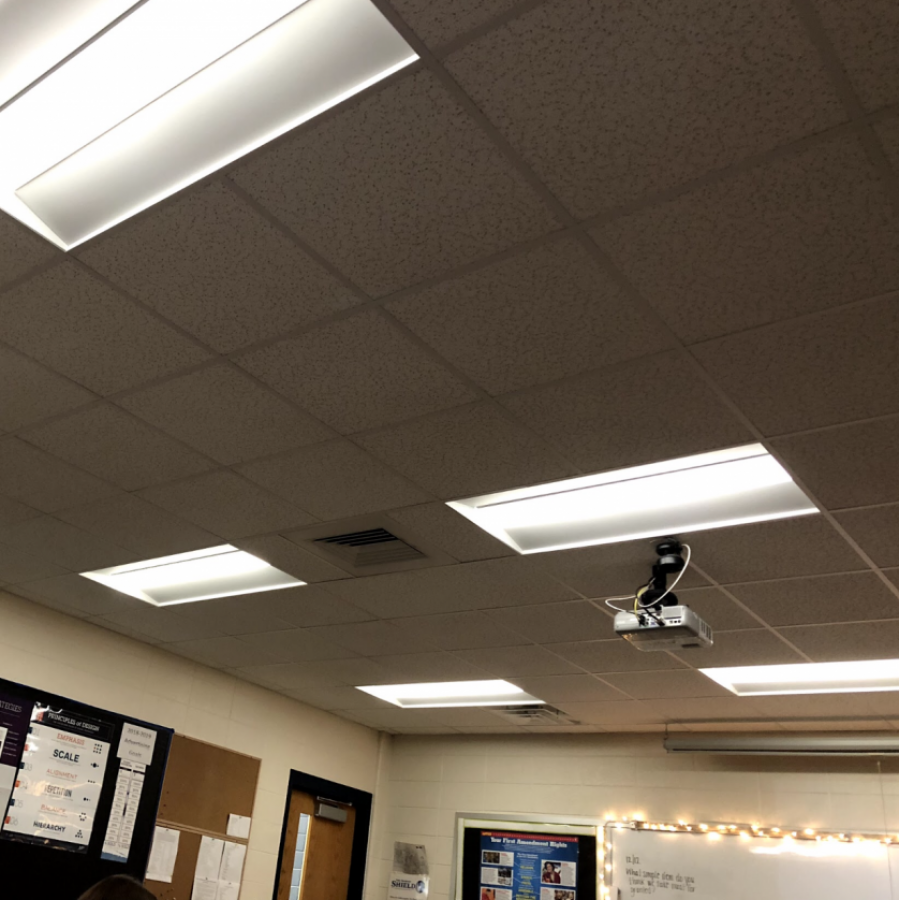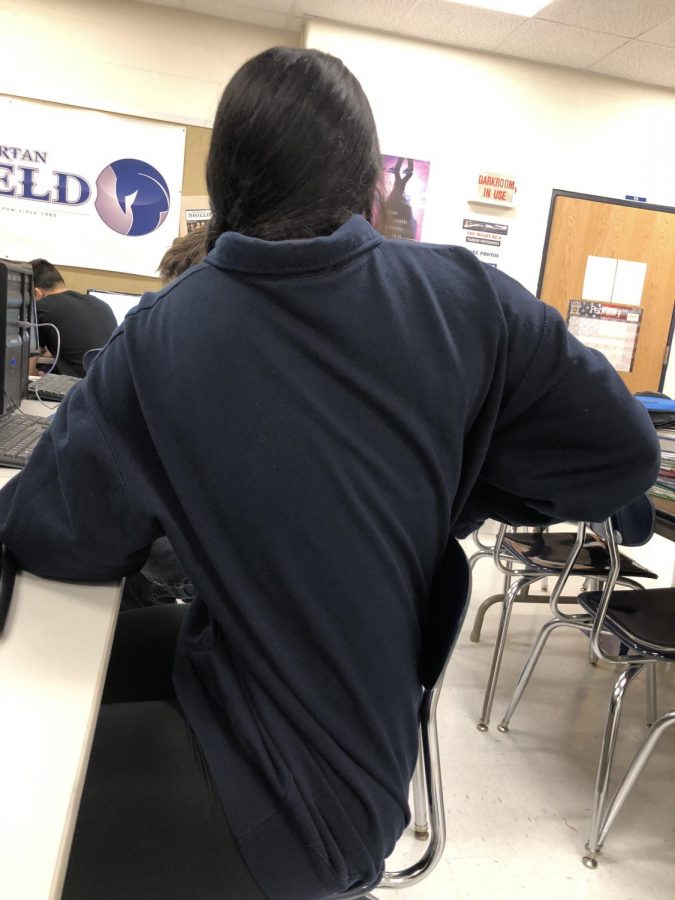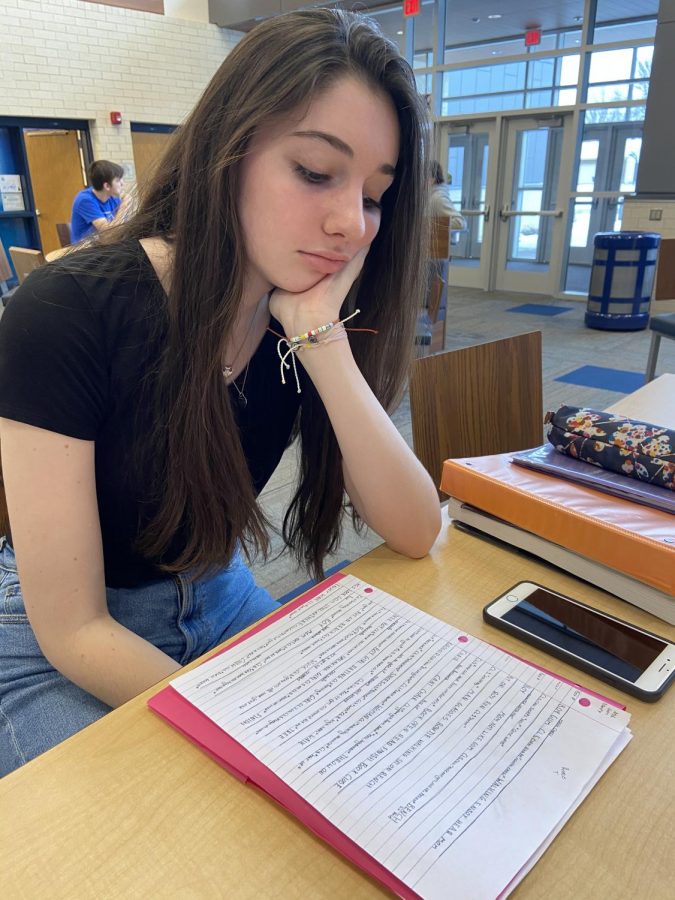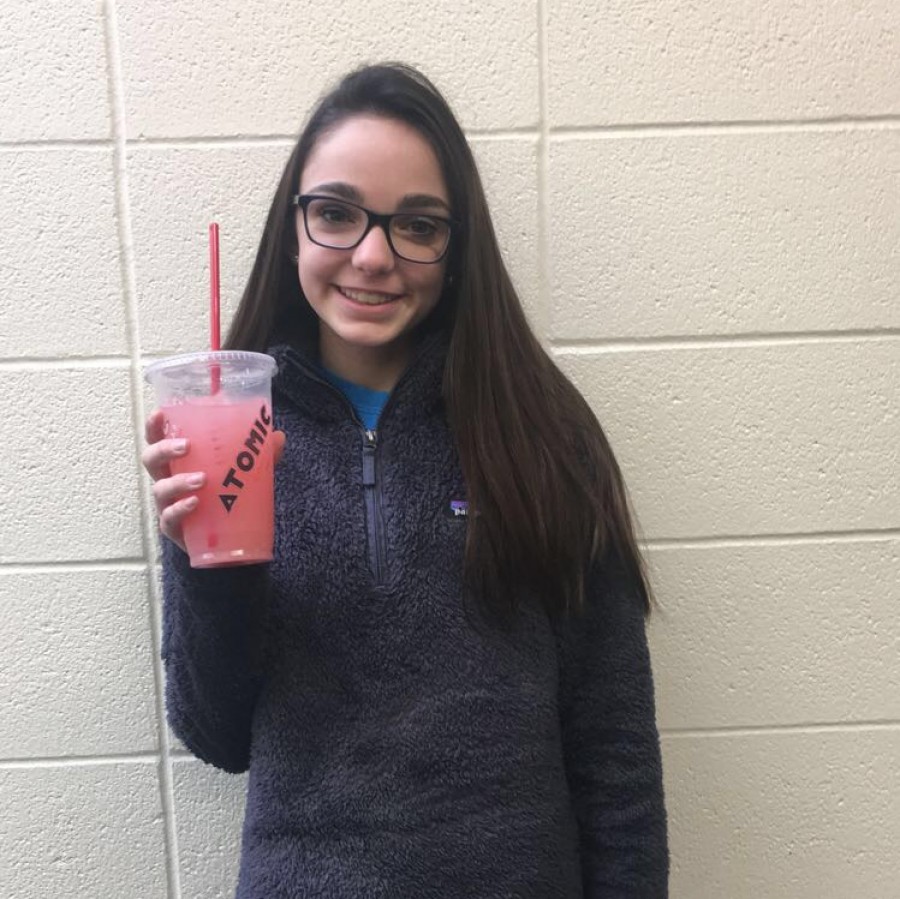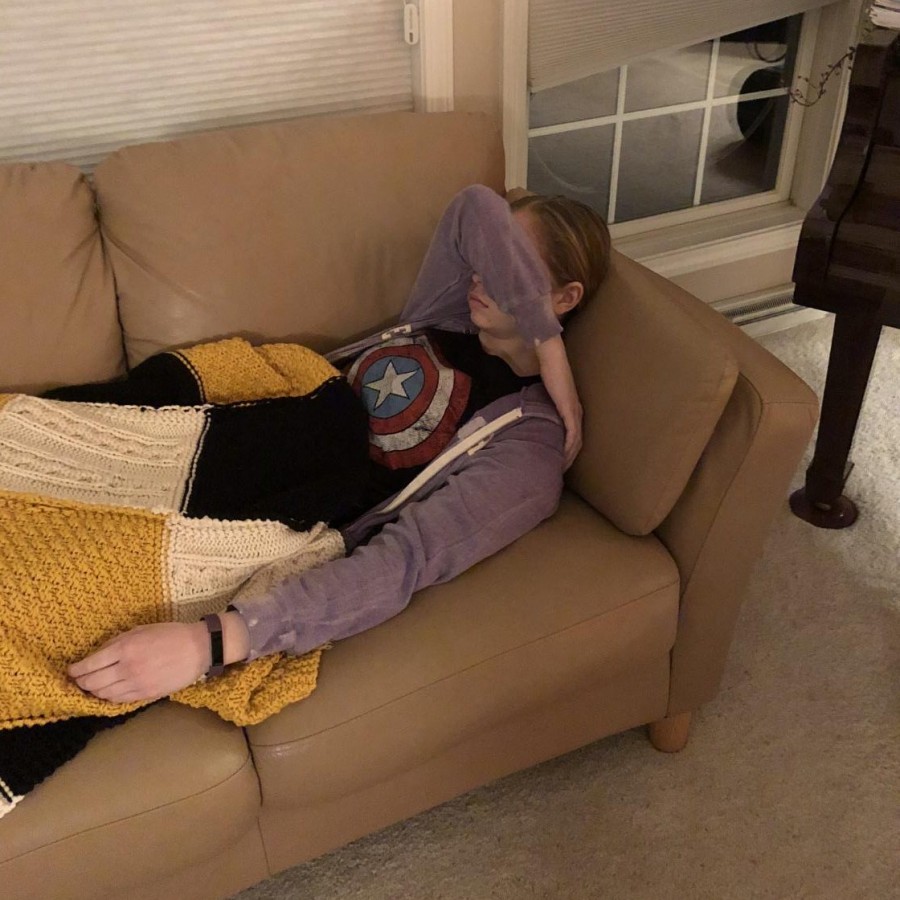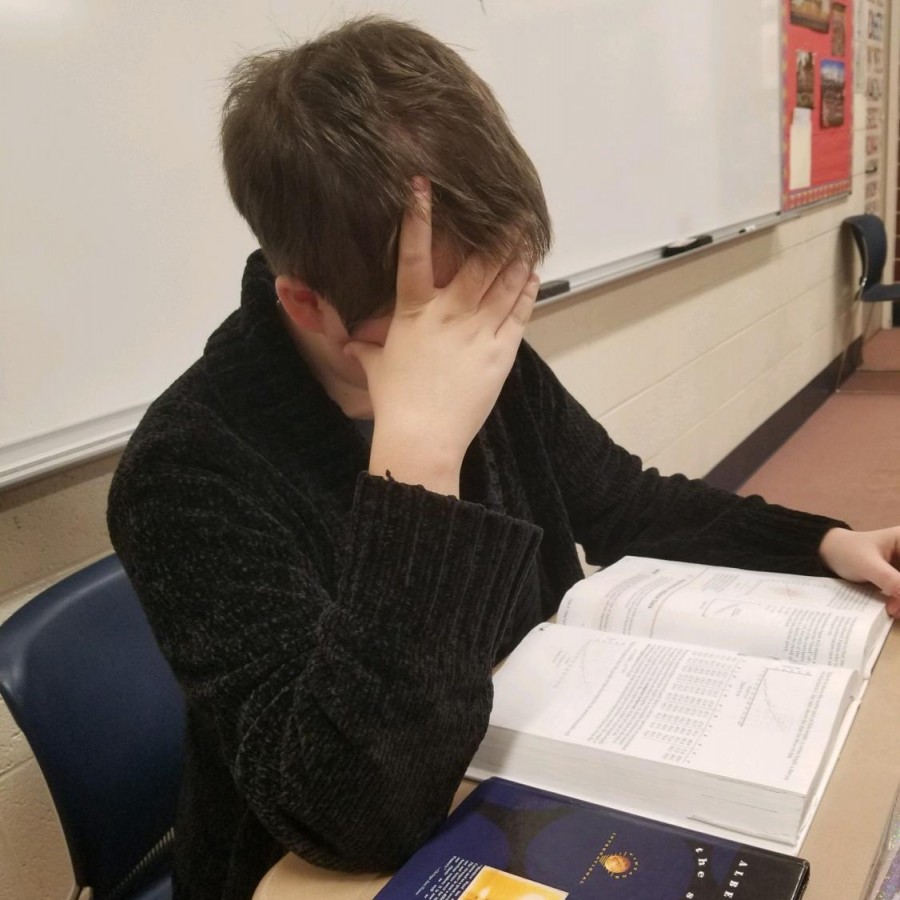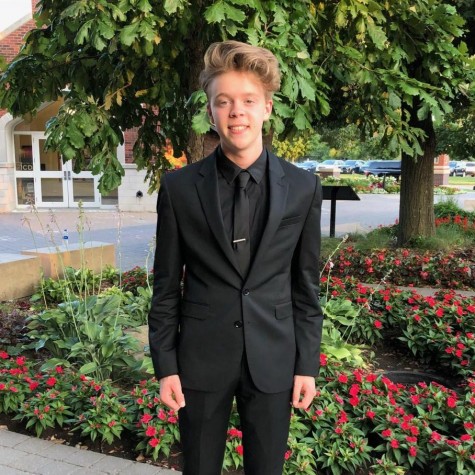Since its construction, Pleasant Valley High School has been known by students for its secluded interior classrooms and along with nearly every American school, its use of entirely fluorescent lighting. While schools’ inclusion of fluorescents has been the norm since their invention in the 1940’s, several side effects are beginning to surface as students report countless mental and even physical detriments.
It is no surprise schools use fluorescent lighting, given that it is the most efficient option. Fluorescent light conserves energy and keeps costs down simultaneously. However these benefits do not come without drawbacks. Fluorescent bulbs have a high likelihood of triggering light-sensitive conditions in students such as epilepsy or seizures. They may also induce flare-ups in dyslexia,cause headaches, or in cases of long-term exposure, skin rash.
New research has also proven certain lighting to be damaging to students’ learning abilities. Jacqueline Howard from Huffington Post wrote about students’ academic performances being impacted greatly via new lighting technology which can change the correlated color temperatures and intensity of bulbs.
“Besides improving human performance, variable lighting CCTs also exert a great influence on both the physical and mental conditions of humans…However, such benefits of lighting have not yet been fully adopted in the educational environment,” said Howard.
Pleasant Valley has yet to see some of these issues addressed, and certain students have been subject to negative effects. Sophomore Taze Wilson said, “The constant fluorescents give me bad headaches and eye pains that hurt my focus.”
Headaches have consistently been the primary reason for many Pleasant Valley students’ nurse visits. Wilson continued, “I know that kids are constantly going to the nurse for ibuprofen and complaining about headaches. I believe fluorescent lights could be one of the main culprits behind this.”
Pleasant Valley’s new edition came with large windows and improvements to the amount of natural light in classrooms, which Howard said, is one way to improve student focus without changing the bulbs themselves. It may be until future construction that the high school sees any change to the glowing fluorescent bulbs.


